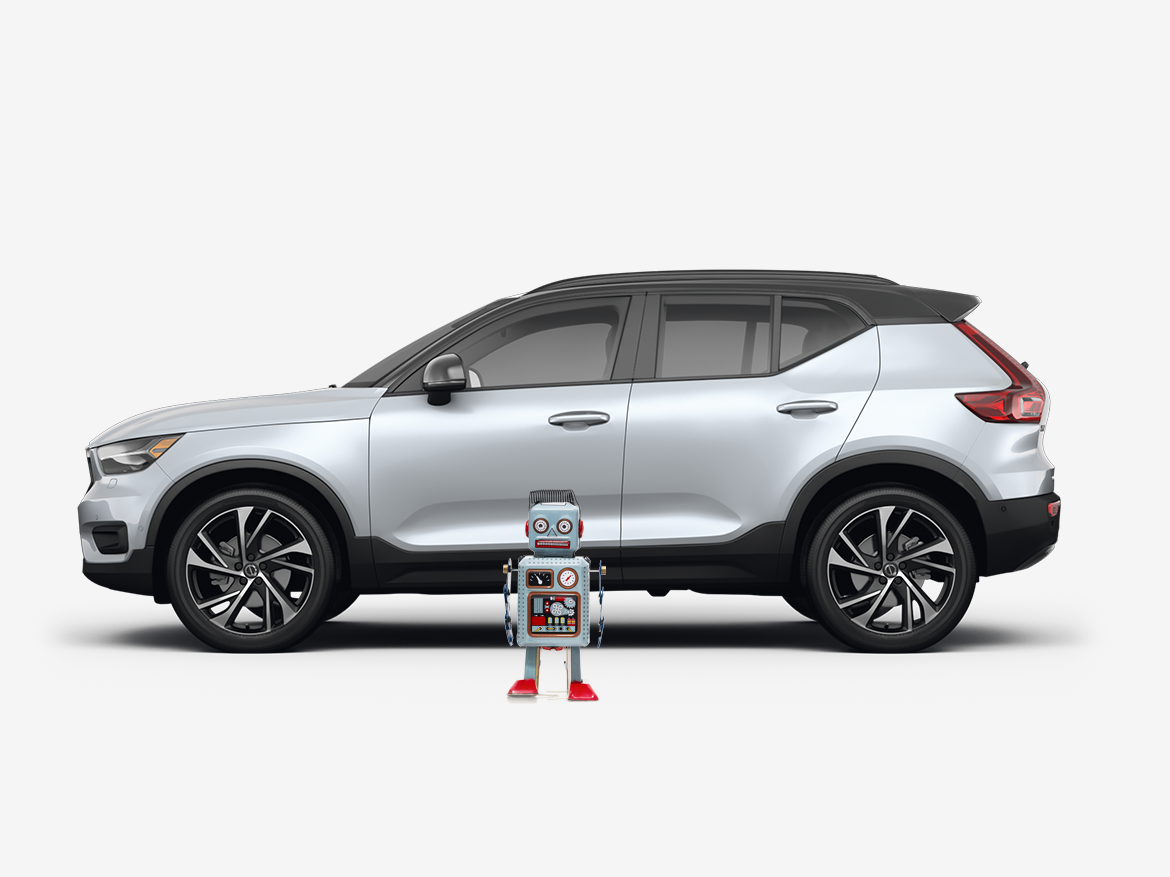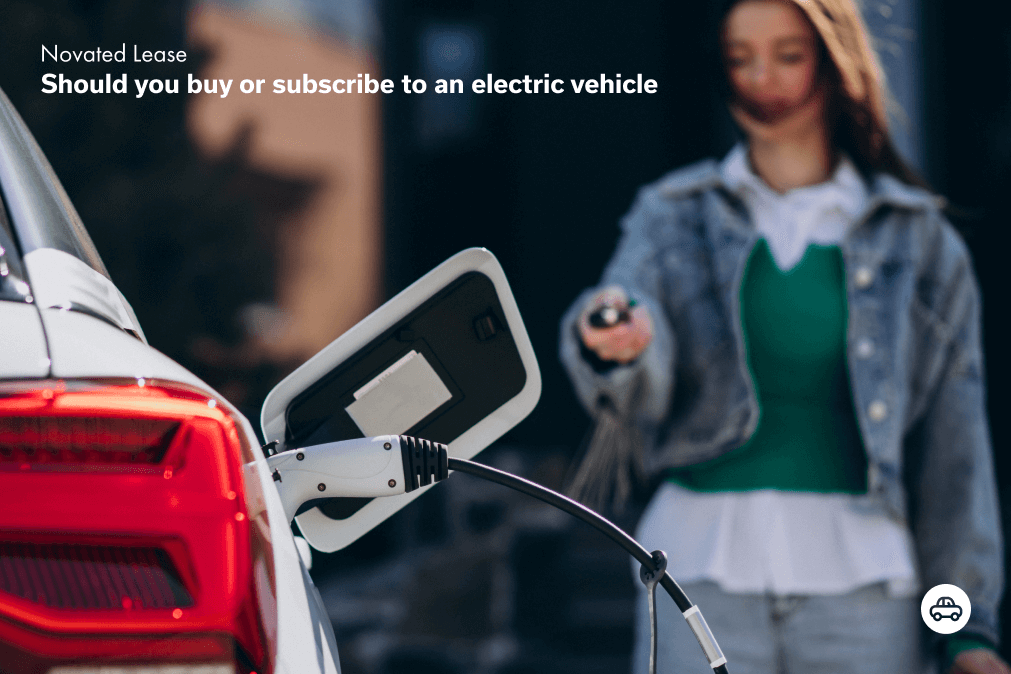Electric cars are vehicles powered by electric motors instead of internal combustion engines that burn petrol or diesel fuel. Rather than fuel tanks like a diesel car would have, for instance, electric cars store electricity in large onboard rechargeable battery packs.
Electric vehicles, or EVs, provide several advantages over traditional petrol-powered vehicles; for starters, electric cars have a lower environmental impact, especially in urban areas.
Plus, even though electric cars are more expensive, you don’t have to pay for petrol or oil changes like with a petrol or diesel car, helping you save substantially on fuel and maintenance costs.
In this article, we’ll examine how to buy an electric car, what you need to look out for, and why these factors are essential.
On this page:
Consider Range and Charging When Buying An Electric Vehicle
Purchasing an electric vehicle requires some additional considerations versus petrol cars. Three main factors for prospective EV buyers to consider are:
- Range and Driving Need – The range an electric car can drive on a single charge is essential for most people. Entry-level EVs today typically reach 241 kms per charge, while pricier models achieve 483+ kms. Consider your daily commute and long trips to ensure an EV provides enough range. Driving style, speed, climate, and other factors also impact range.
- Charging Logistics – There are various charging levels that require planning. Most charging occurs overnight at Level 1 (wall outlet) or Level 2 (home charger). This requires parking access. DC fast charging stations can replenish 290+ kms of range for trips in 30-60 minutes.
- Infrastructure Access – Public charging availability is expanding quickly but varies across Australia. If relying on public charging, research the existing network in your city and along major routes. However, consider workplace charging if there is a fast charger available.
Types of Electric Cars And How They Differ
There are two main categories of electric vehicles to understand when choosing the right model. You have pure battery electric vehicles (BEVs) and plug-in hybrid electric vehicles (PHEVs).
- Battery Electric Vehicles (BEVs) run 100% on electricity stored in onboard battery packs. Advantages include lower maintenance without a petrol engine, instant torque for performance, and no direct emissions for the environment. Plus battery warranties and improved battery technology ensure you don’t have to worry about them dying prematurely.
Limitations include range anxiety and charging logistics. Ideal for urban commuting.
- Plug-In Hybrid Electric Vehicles (PHEVs) have smaller batteries supplemented by a petrol tank and engine. PHEVs offer the advantage of driving all-electric trips emission-free while having a petrol range extender for longer trips. This option offers flexibility but increases maintenance over BEVs.
When choosing between BEV or PHEV models, consider your average daily driving distance versus monthly long trips or holidays. A BEV works well if most trips are within the electric range, assuming home or workplace charging.
If you often venture on frequent, longer journeys, PHEVs alleviate range anxiety. But you will also want to weigh priorities like performance, maintenance expectations, and tech features. Keep in mind that PHEVs, due to their dual-engine nature (ICE and battery), can be more expensive to operate.
Test drives of both types of EVs will help you determine if the all-electric experience of BEVs or the versatility of PHEVs best fits your needs. Many come in sedan, SUV, and even ute options now.
Consider Your Budget, Driving Habits, and Charging Infrastructure
Regarding budget, upfront EV costs are higher than comparable cars with an internal combustion engine, though prices are steadily dropping. Plus, incentives like tax credits often reduce the sticker price. When you minus petrol costs, coupled with lower maintenance, this translates to lifetime savings for EV owners.
You will also want to assess your daily commute distance and any frequent long trips. Current EV ranges span 241 – 644+ kms per charge but this may vary. Ensure an EV provides enough capacity for your regular commute and occasional trips.
Analysing your budget flexibility, driving behaviours, and charging availability in your region allows you to determine if an EV suits your lifestyle. For many urban Australians, EVs provide a viable eco- and cost-friendly alternative (if FBT benefits apply). But evaluating your circumstances is critical to transitioning successfully.
Consider the Electric Vehicles’ Features and Performance
Prospective buyers should examine the EV’s model features, safety ratings, and technology options to ensure they choose one optimised for their needs. Here are a few features you might want to consider:
- Range – Range is paramount, with current models spanning 241 – 644+ kms per charge. Charging capabilities should include 50+kW fast charging for trips and Level 2 home charging.
- Safety Ratings – Look for electric vehicles with top crash test scores and active driver assists like automatic emergency braking. EVs structurally perform very well due to floor-mounted batteries’ low centre of gravity. Keep in mind that insurance premiums may be higher due to low market share and limited repair options, potentially resulting in a price premium.
- Technology & Infotainment – Consider displays, connectivity options, mobile app integration, navigation, premium audio, voice commands, OTA updates, and driver assistance capabilities. Models range from basic to advanced. Evaluate how tech integrates charging and range data.
Prioritising features that align with your driving needs while selecting high safety-rated models will ensure you make the right buying decision.
The Vehicle’s Maintenance and Servicing
When evaluating electric vehicles, an important consideration is long-term maintenance which differs substantially from petrol-powered cars. EVs have far fewer moving components, such as an engine, transmission, exhaust, fuel tank, etc. This means they break down less over time and are cheaper to fix.
According to data from the Australian Energy Council1, maintenance costs for a typical EV are estimated to be 30 – 40% less than petrol cars over the vehicle’s lifetime.
Speaking of maintenance, EV batteries may need servicing after 5-10 years. The cells in the battery pack will need to be replaced to ensure optimal range and performance. However, proper charging habits help prolong the battery’s lifespan. Also, keep it mind that it varies depending on the battery manufacturer and vehicle model.
In his tests, EV enthusiast Bjørn Nyland found varying battery degradation rates2:
- A 2012 Nissan Leaf saw a 24% drop in capacity (5kWh or 42km less NEDC range) after nine years, covering 105,500 km and 1010 charging cycles.
- In contrast, a 2013 Tesla Model S P85 only lost 12% capacity (8.1kWh or 60km less NEDC range) after seven years, with 270,000 km driven and around 1000 charging cycles.
- A 2019 Tesla Model 3 Long Range exhibited an 8% degradation (6kWh or 45km less WLTP range) after three years, despite covering an extensive 165,000 km and undergoing 601 charging cycles3.
Most electric vehicle manufacturers provide at least an 8-year/100 K-mile powertrain warranty. Others offer more extended battery-specific coverage against excessive degradation. You will want to research this before buying. However, with many EV automakers expanding their authorised service centre networks in Australia, support is, on average, improving, especially when you need to claim a warranty on a defect.
How do EV Insurance and Liability Work?
Insurance is an essential consideration for electric vehicle owners. Insurers are still collecting data on loss profiles for EVs, but premiums are generally slightly higher than comparable petrol-engine vehicles currently. Factors affecting EV premiums include higher upfront costs, battery replacement expense potential, and differences in accident statistics versus petrol cars.
However, EVs may qualify for discounts for having advanced safety features like automatic emergency braking. And lower maintenance costs mean fewer mechanical failure claims over time. As insurers assess long-term EV risks, premium differences could shrink.
Liability coverage for damage or injuries you cause to others works the same as with petrol cars. Comprehensive and collision coverage also operate similarly but may need higher deductibles or special endorsements to cover EV-specific systems like battery packs.
While still evolving, electric vehicle insurance functions similarly to petrol cars with only minor rate and policy differences. As EVs proliferate and their costs decrease, insurance variances may also diminish.
Government Incentives for Electric Vehicles
In addition to the considerations related to insurance and liability, it’s crucial to be aware of the government incentives that can significantly impact the affordability of electric vehicles (EVs). One such incentive is the Fringe Benefits Tax (FBT) benefits associated with novated leasing and subscription plans, which can make EVs considerably more accessible and cost-effective4.
Under novated leasing and subscription arrangements, the FBT benefits for EVs often include exemptions from the Goods and Services Tax (GST) and potential reductions in FBT liability. This means that employees who opt for an electric vehicle through their employer can enjoy reduced tax obligations, making EVs a financially attractive choice.
These government incentives not only encourage the adoption of electric vehicles but also contribute to making them a more affordable option for both individuals and businesses. As governments continue to promote sustainable transportation solutions, the financial advantages of choosing an EV are expected to increase, further driving the shift towards electric mobility.
Frequently Asked Questions (FAQs)
Is it worth buying an electric car in Australia?
Yes, with rising fuel costs and environmental concerns, electric cars are making more sense for Australian drivers doing regular urban commutes and short trips. Plus, the EV charging infrastructure is improving, which makes vehicles like the Nissan Leaf, worthy of your consideration.
How long is the wait for electric cars in Australia?
Wait times for most electric car models in Australia are two months due to high demand. So, you will need to order well in advance.
How much does an electric car cost in Australia?
Upfront prices for electric cars in Australia currently range from $40,000 to $120,000, with a few lower-cost options starting to become available.
Do electric cars pay Rego in Australia?
As with regular cars, electric car owners in Australia must still pay the required registration and CTP insurance costs annually.
Is there a tax break for electric cars in Australia?
At present, all used and new electric vehicles with prices under $78k don’t need to pay stamp duty. Some plug-in hybrid vehicles may also pay discounted motor vehicle tax, which is applied automatically when registering the vehicle.
Is it cheaper to run an electric car in Australia?
Yes, charging an EV in Australia costs far less than fueling a petrol car, saving owners money over time despite higher initial purchase prices.
What is the main disadvantage of electric cars?
Limited driving range and a lack of charging infrastructure across all areas are the core disadvantages right now in Australia.
Is it worth waiting for an EV?
If your present petrol car meets your needs for the next 2-3 years, then wait, as EV ranges, model options, and prices are sure to improve. But buy now if you need a new car soon.
Will electric car prices come down in Australia?
Yes, as improved battery manufacturing drives costs down globally and automakers scale production, EV prices in Australia are forecast to fall steadily in the coming years.
Will new car prices drop in 2023 in Australia?
Possibly by late 2023, new car prices may come down slightly in Australia as supply chain pressures and material costs ease. However, dramatic drops are unlikely.
How long do electric cars last?
The lifespans of electric car batteries are extending past ten years, and overall, simpler mechanics should allow electric cars to last over 15 years.
Why are EVs so expensive in Australia?
High import costs, low production volumes, and a lack of government subsidies mean electric vehicles currently cost more in the Australian market. But prices are steadily declining.
At carbar, we can help with your electric car buying journey. We can help you get a new, used, or business car loan for your next EV. Plus, you can compare rates from over 30 lenders in less than 60 seconds. In addition, our experts can help with your application process without impacting your credit score.
Contact carbar today to find out more.
1 https://www.energycouncil.com.au/analysis/evs-are-they-really-more-efficient/
2 https://insideevs.com/news/486300/tesla-model-3-battery-degradation-80000-km/
3 https://youtu.be/CHEnbbmlo_A?si=1H0D5nQuFEvBr8MK
4 https://www.money.com.au/car-loans/novated-lease/electric-cars





